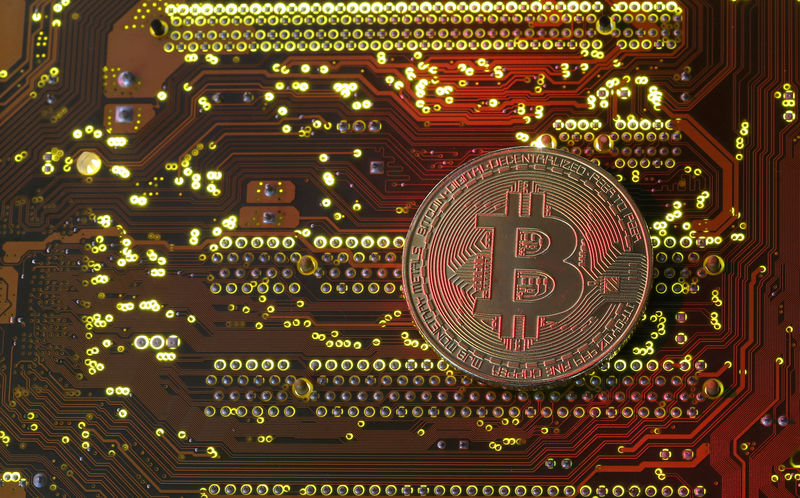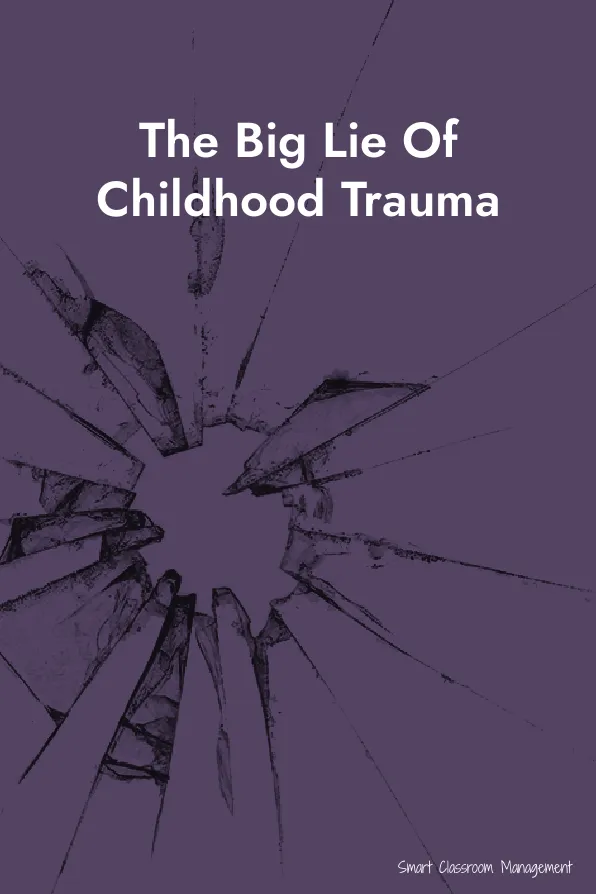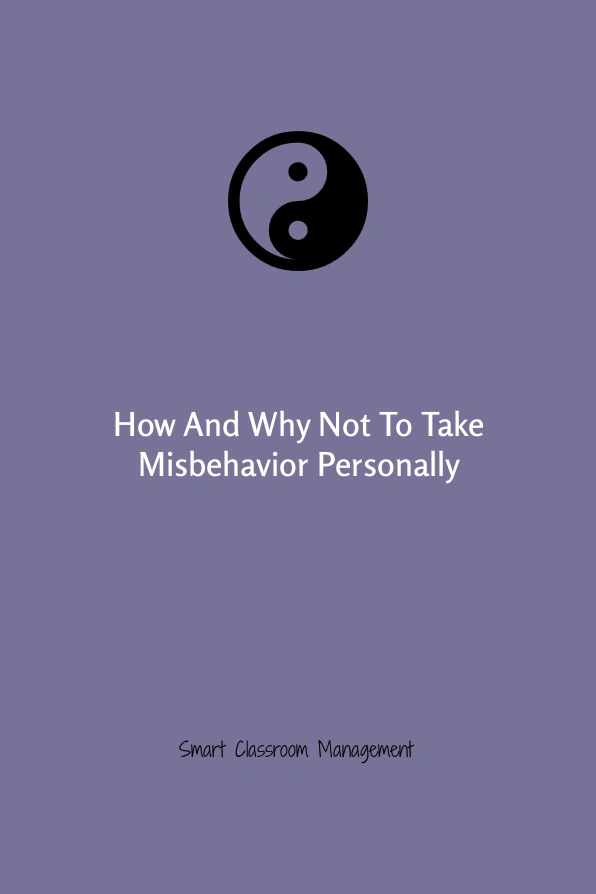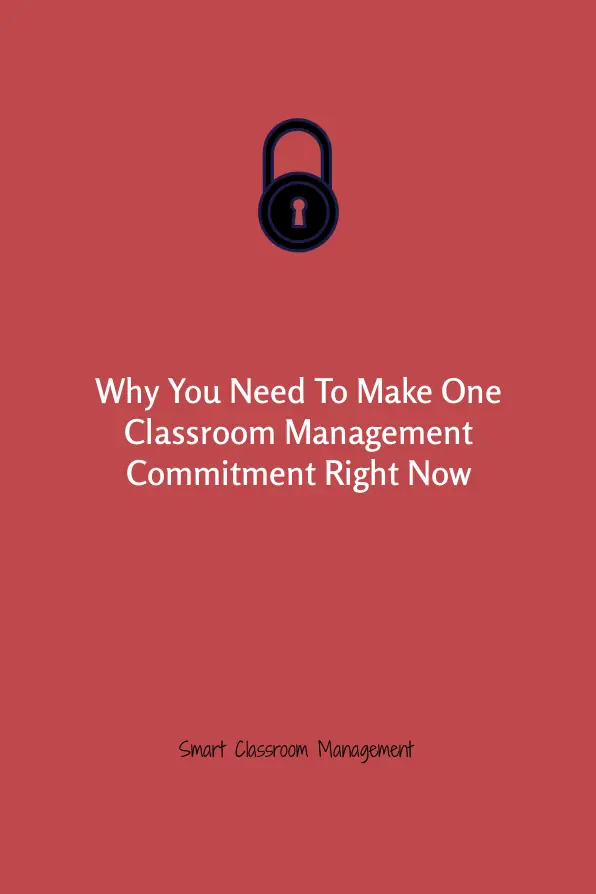The lie isn’t that childhood trauma doesn’t exist. Of course it does.
Some of our students have been abused and neglected. Others have witnessed violence, criminality, drug use, and indescribable family strife.
According to the Centers for Disease Control, “Adverse childhood experiences can have long-term impacts on health, opportunity and well-being.”
You know all this, especially if you work in a public school.
The whole idea of social-emotional learning (SEL) is to mitigate these possible effects. Same with restorative justice practices, community circles, and incorporating SEL into everyday lessons. I believe advocates of SEL have their heart in the right place.
They care for kids. They’ve also been extremely persuasive and have had a huge (and growing) impact on education, especially since the pandemic—which some believe was a traumatic event for every child.
They want more counselors, social workers, and paraprofessionals to pull students out of class for emotional check-ins, mental-health walks, and small-group therapy. They’ve also been behind the push for removing assignment deadlines and allowing more and more accommodations.
It’s become de rigueur to assume that every student has experienced trauma.
This is why standards are being lowered, rules dropped or ignored, and consequences diminished and removed altogether. It’s why a student can throw a chair across the room and be back in your classroom the next day. They’ve had trauma, you see. It’s not their fault.
You know where I’m going with this.
Maybe all the counseling referrals, SEL lessons, appeasements, and the like are actually hurting kids rather than helping them. Maybe it’s causing the increase in misbehavior by telling kids not-so-subtly that there is something wrong with them.
They can’t control themselves. They can’t pay attention. They can’t follow rules or make friends or stay off their phones. They can’t stop acting immaturely or being offended by the slightest offense.
They’ve been through too much and thus need help and a lighter load.
They need mental breaks. They need more chances. They need to listen to their thumping music or fidget with a toy or leave the classroom for a breather.
They need eggshells scattered in a wide orbit around them, bevies of “most improved” certificates, and excuse after excuse for why it isn’t their fault for disrupting the learning of others, terrorizing the school, and making teachers miserable.
Yes, the SEL advocates and their coterie, which overwhelmingly fill our schools and dominate every district across the oceans and plains, presumably mean well.
But they’re dead wrong. What students need—especially those who’ve experienced actual trauma—is the message that they can overcome.
They need to be given the message through high standards and expectations that there are no acceptable excuses. Divorce and crime and the stuff you’ve seen and experienced sucks. It really does. Many of us have been there too.
But you can do it.
No more wallowing one minute and making fun of others the next. No more being late and unaccountable. No more being given infinite pardons and reprieves for poor behavior and work habits.
Of course, if there is a student who has just experienced real trauma, then we should provide support and reassurance that we care. Even still, the best thing you can do for them, short and long term, is provide structure, consistency, and purpose.
Kids are resilient if only you allow them to be.
The idea that if you hold today’s students accountable or lay pressing responsibility on their shoulders they’re going to melt into a puddle of their own tears is hogwash. Not doing so based on good intentions is why we are where we are.
My advice: Throw out SEL and all of its manifestations. Replace it with better subject-matter teaching, more time on task, higher expectations, weighty responsibility, and the demand for impeccable behavior.
No exceptions. No excuses. No more telling students that they can’t because they’re damaged goods. No more implying through pull-outs, class surveys, and rushing to their side that they’re weak-minded, broken, and have no agency.
The transformative power of purpose, discipline, and genuine accomplishment is what all students need.
Not only is this the best solution for true adverse childhood experiences, but it removes the far greater trauma of low expectations.
PS – Comments that misrepresent this article will not be approved.
Also, if you haven’t done so already, please join us. It’s free! Click here and begin receiving classroom management articles like this one in your email box every week.
















+ There are no comments
Add yours